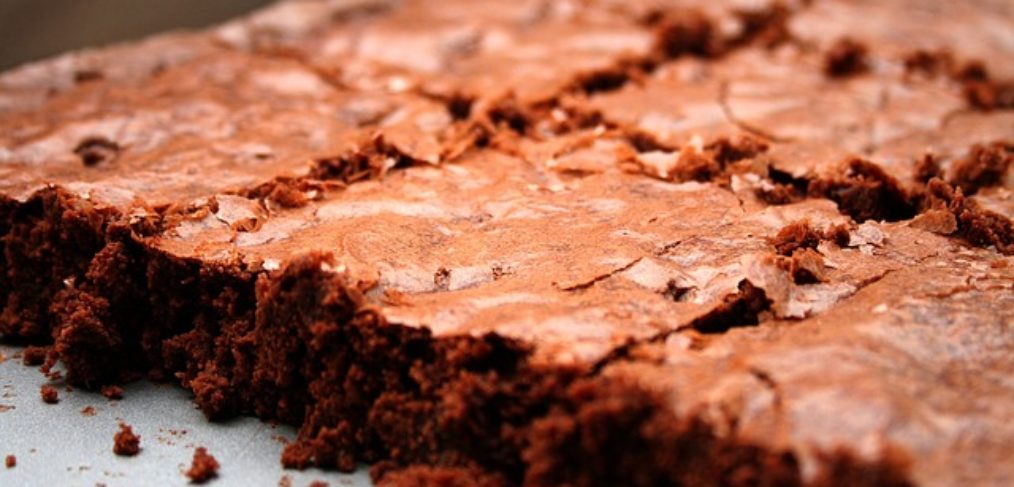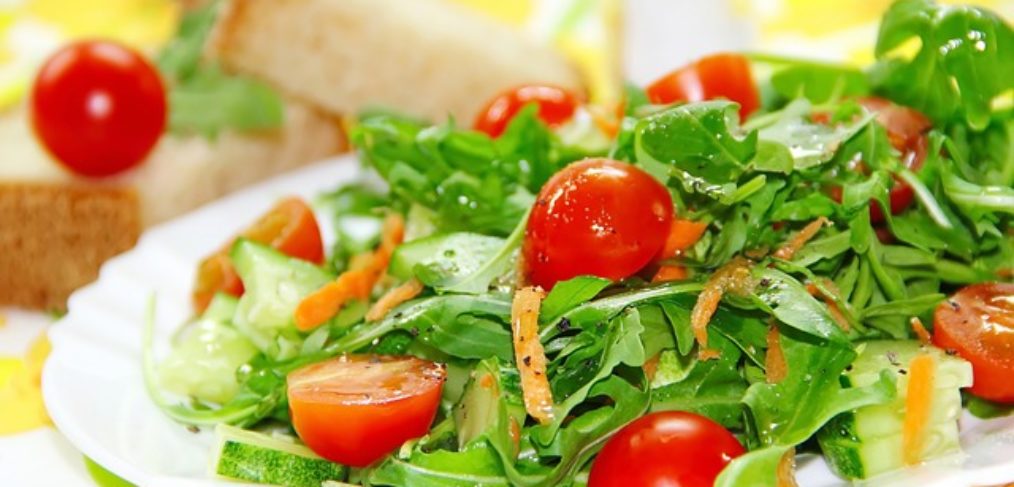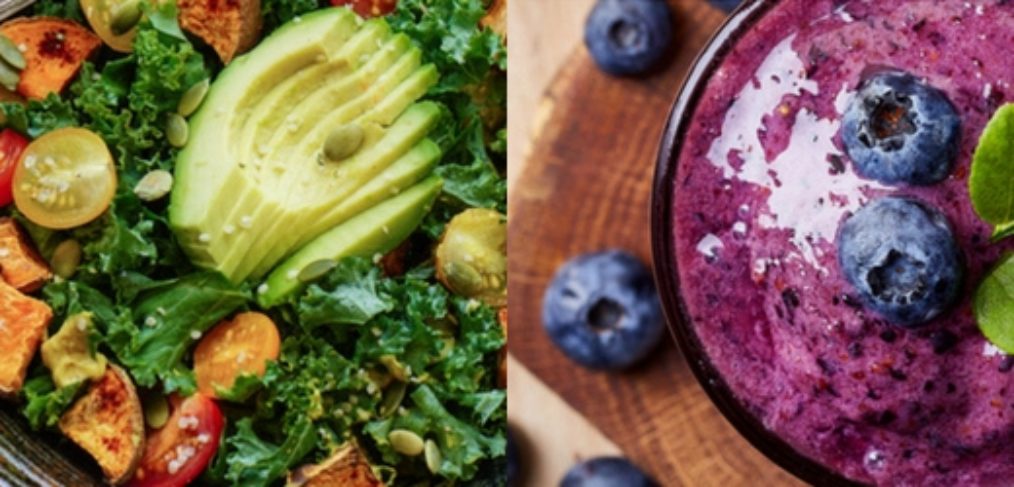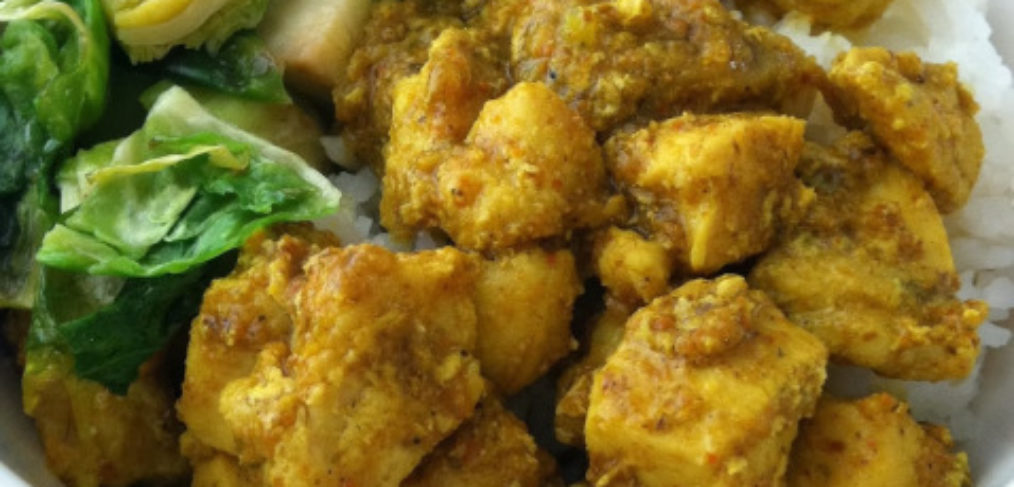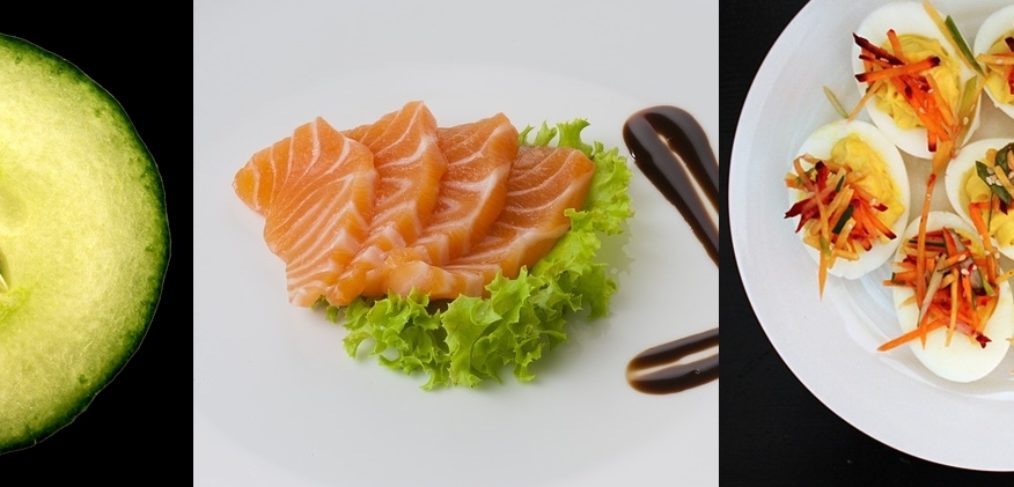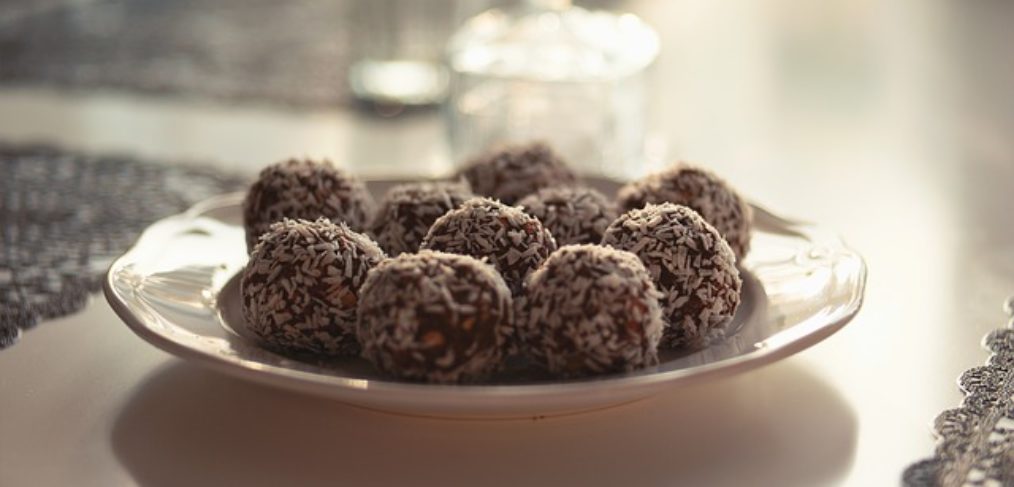This is a guest post from Kathryn Akomah-Mordi, owner and mastermind of Mordi Photographie. She loves ethnic cooking almost as much as she loves natural light photography.
The first time I ever had curry, I fell in love! The flavors were incredibly warm and bright!
Not too long after, I came down with strep throat. I vividly remember sitting in the doctor’s office waiting for the lab results while my mom read a magazine. She excitedly quoted that curry could help relieve sore throats!
I currently have over 8 varieties of curry in my pantry, but only recently did I learn that the health benefits of curry extend beyond sore throat relief. Curry is one of those foods that supports gut health. It helps us break down and assimilate our food.
A good curry is a balance of all 5 flavors: sweet for building the body and storing energy, salty to maintain fluids and for electrolyte balance, sour to tonify the liver and improve sluggish digestion, bitter for detoxification and movement, and umami to insure enough protein to create blood cells, anti-bodies, enzymes and hormones.
Not only are curry dishes balanced in flavor, they also have a balance of macro-nurients. This means that the ratios of proteins, carbohydrates, and fats (the healthy ones, like coconut milk) are just what your body needs to stay fueled for hours. This balance even helps curb your cravings, so that you don’t go looking for potato chips or cookies later on!
Finally, curry is a blend of many spices, each of which have their own health benefits, such as improved immunity, decreased inflammation, lowered blood sugars, and better digestion.
Here are some of the most common curry ingredients, and what they purportedly have to offer:
- Cumin – aids digestion, improves immunity
- Turmeric – anti-inflammatory, improves antioxidant absorption
- Coriander – lowers blood sugar, eases digestive discomfort, decreases blood pressure, improves cholesterol
- Ginger – aids bile flow, digestive stimulant
- Fenugreek & Fennel – anti gas/bloating
- Mustard seed – omega 3 fatty acids
- Cloves – reduce inflammation, improve digestion
- Nutmeg – relieves pain, soothes indigestion, detoxifies, improves cognitive function
- Cinnamon – antioxidant, anti-inflammatory, fights diabetes and infections, supports heart health
- Cardamon – GI protection, cholesterol control, improved circulation, helps fight infection
- Cayenne – relieves migraines, prevents blood clots, supports detox, boosts metabolism, supports weight loss
- Lemongrass – treats digestive tract spasms, stomach ache, high blood pressure and vomiting; relieves muscle pain
- Kaffir Lime Leaf – helps the liver and lymphatic system cleanse the blood, anti-inflammatory, antioxidant, stress reducer
- Galangal – anti-inflammatory, antibacterial, antioxidant, eases stomach pain
Now, I don’t go around promising any food as a guaranteed cure to illness, but I definitely like to stack the odds in my favor! So why not use curry as often as you can? You can use these 3 basic principles for creating a good curry dish:
Principle 1: Be generous with your spices. Spices not only bring flavor, but also texture to dishes. Most supermarkets sell spices in misleadingly small containers, so it’s easy to skimp on how much you use. You can buy bigger packets from Asian supermarkets or online to encourage spooning in the spices with a freer hand. (You can store them in the freezer to stop them from going stale.)
Principle 2: Decide what to add to your curry (which meat and vegetables), then how to cook your ingredients. Many curries start with onion, ginger, and garlic. This trio provides the deep base flavor of most curries, equivalent to onion, carrot, and celery in the French tradition. You may choose to simply sweat them for a lighter curry, or cook them long and slow to carmelize them for a richer, darker dish. Next decide whether you will sautee/stir-fry the meat(s)/vegetables, grill them, or simmer them in the sauce.
Principle 3: Choose what will give your curry sauce its body. This will normally be one, or a combination, of the following: tomatoes, pureed peppers or chilies, yogurt or cream, coconut milk, spinach, or finely diced onion.
As you follow these basic principles, you will find the use of curry to be simple and enjoyable. With a little practice, you will be improvising and creating your own curry recipes! You may even wish to create your own curry blend. Heres is a basic yellow curry spice blend to get you started. Adapt it to match your palate perfectly!
Yellow Curry Recipe
2 Tbsp ground coriander
2 Tbsp ground cumin
1 1/2 Tbsp ground turmeric
2 tsp ground ginger powder
1 tsp dry mustard
1/2 tsp ground black pepper
1 tsp ground cinnamon
1/2 tsp ground cardamom
1/2 tsp cayenne pepper or ground chilies



